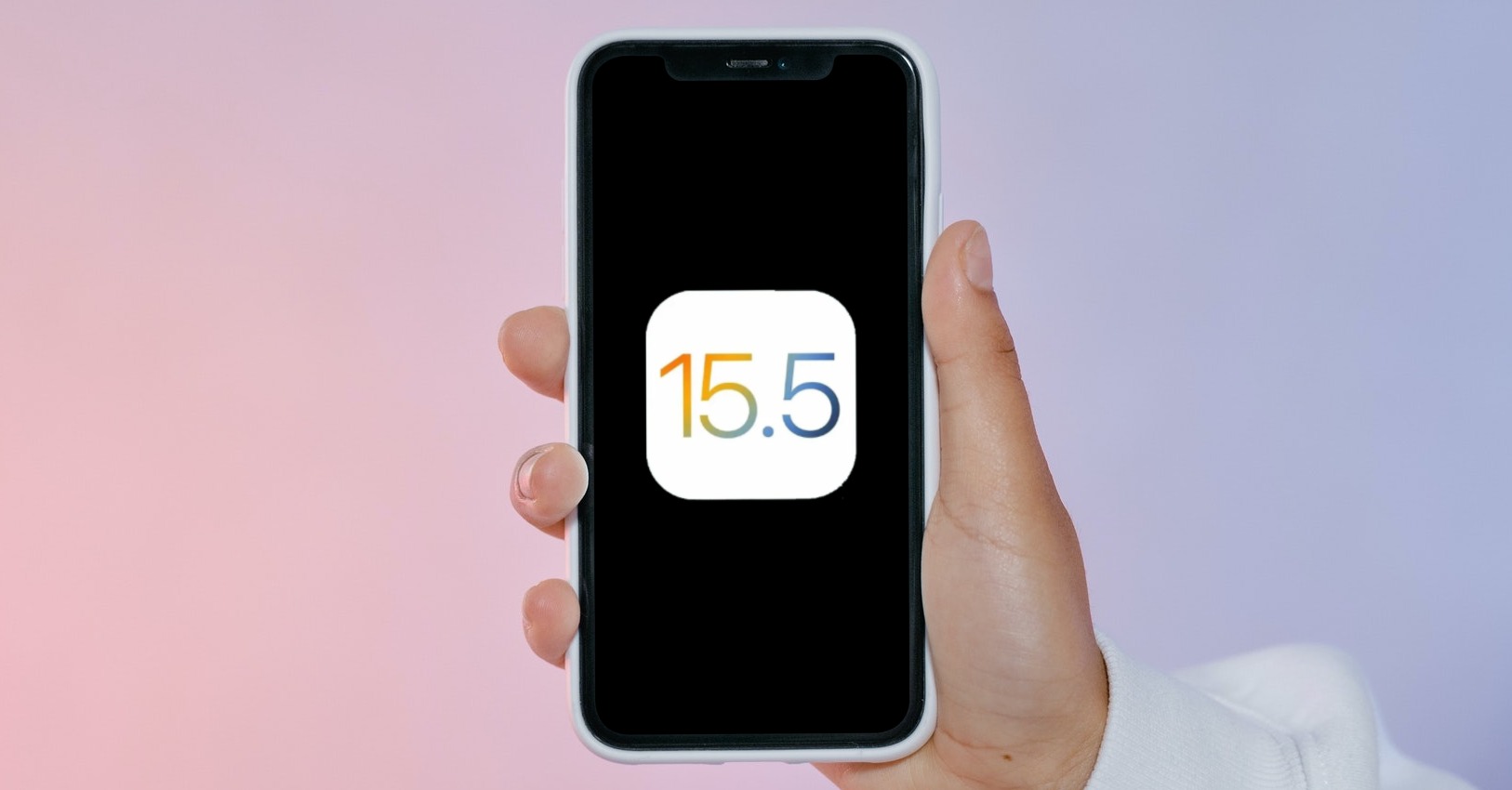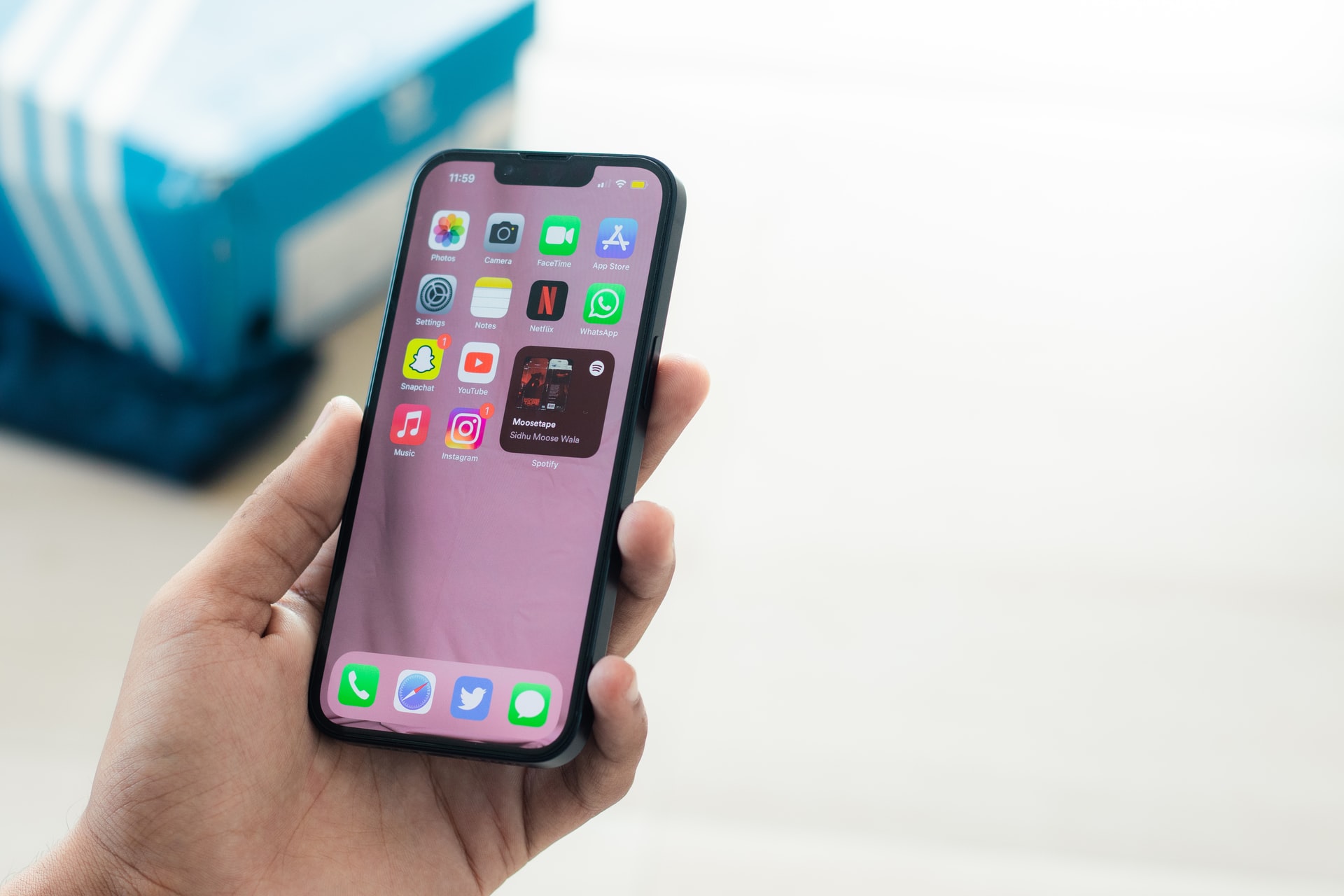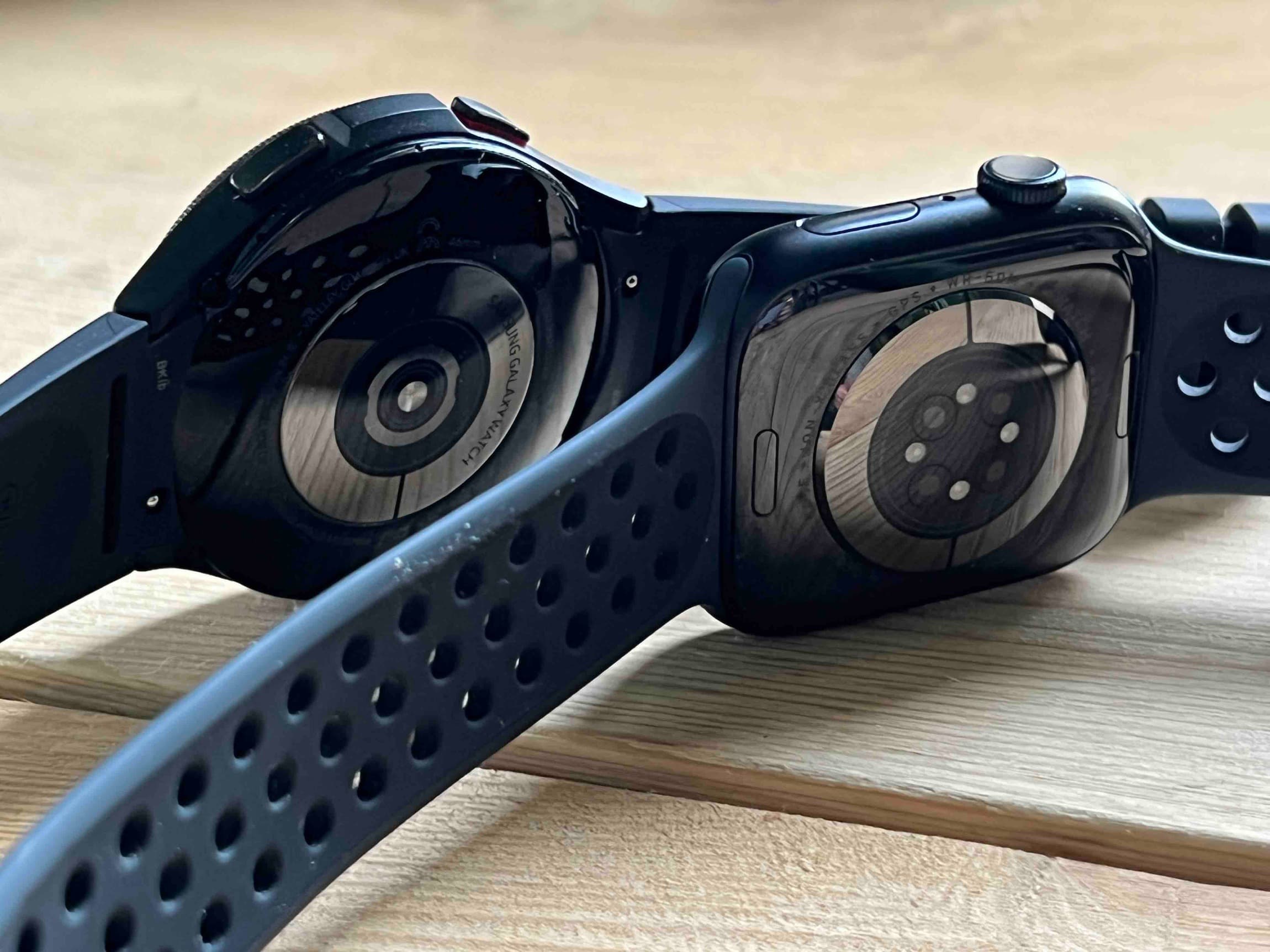The iOS operating system is equipped with a special low power mode to save battery. This is a relatively popular feature that can really save the battery and significantly extend its life. Thanks to this, it can be especially useful in cases where the apple user runs out of battery without having the opportunity to connect the phone to the charger in the near future. In addition, the iOS system automatically recommends activating the mode in cases where the battery capacity drops to 20%, or even if it subsequently drops to only 10%.
It could be interest you

Today, this is one of the most popular iOS functions, without which many apple users could not do without. Let's therefore shed some light together on what the mode specifically does and how it can save the battery itself.
Low Power Mode in iOS
When the low power mode is activated, the iPhone tries to limit as much as possible the operations that the Apple user can do without. Specifically, it limits processes running in the background, so to speak. Thanks to this, it is not visible at first glance that the system has been restricted and the user can continue to use it normally. Of course, the display itself shows a lot of consumption. Therefore, at the core of the mode, the auto-brightness adjustment curve is first limited, while ensuring that the iPhone automatically locks after 30 seconds of inactivity. The limitation on the screen side is still related to the limitation of some visual effects and the reduction of the refresh rate to 60 Hz (only for iPhones/iPads with the so-called ProMotion display).
But it doesn't end with the display. As we mentioned above, background processes are also limited. After activating the mode, for example, 5G is turned off, iCloud Photos, automatic downloads, e-mail downloads and background application updates are suspended. All these activities are then resynchronized when the mode is turned off.
Impact on performance
The aforementioned activities are mentioned directly by Apple. However, even the apple growers themselves, who were able to find out much more information, shed light on the detailed functioning of the low consumption mode. At the same time, the mode also reduces the performance of iPhones and iPads, which everyone can test through a benchmark test. For example, in the Geekbench 5 test, our iPhone X scored 925 points in the single-core test and 2418 points in the multi-core test. However, once we activated the low-power mode, the phone scored only 541 points and 1203 points, respectively, and its performance almost doubled.

According to Reddit user (@gatormaniac) it has its justification. The aforementioned mode (in the case of the iPhone 13 Pro Max) deactivates two powerful processor cores, while underclocking the four remaining economical cores from 1,8 GHz to 1,38 GHz. An interesting finding also came from the point of view of charging the battery. With low power mode active, the iPhone charged faster—unfortunately, the difference was so small that it doesn't have the slightest effect on real-world use.
What does low power mode limit:
- Display brightness
- Automatic locking after 30 seconds
- Some visual effects
- Refresh rate at 60 Hz (only for iPhones/iPads with ProMotion display)
- 5G
- Photos on iCloud
- Automatic download
- Automatic application updates
- Device performance
It could be interest you





 Adam Kos
Adam Kos